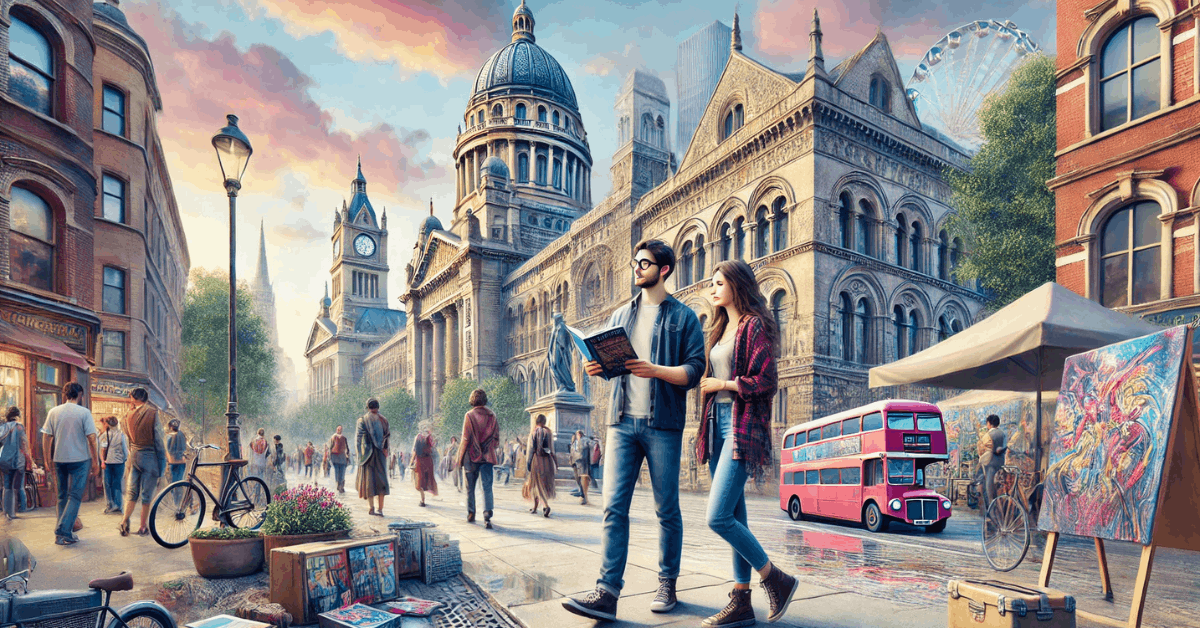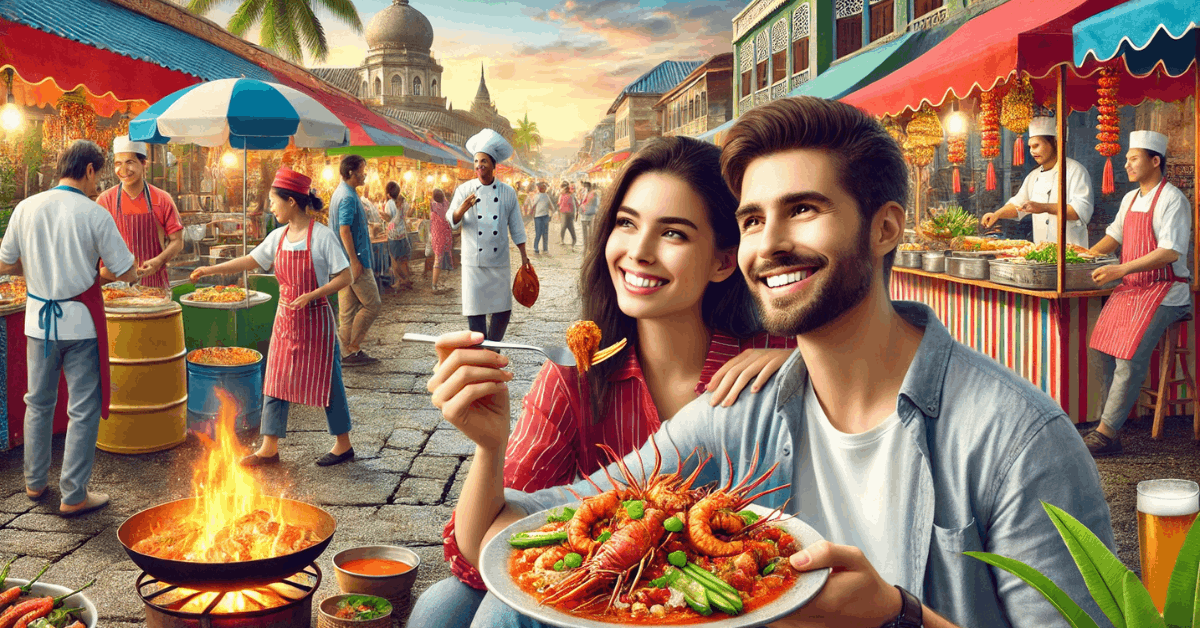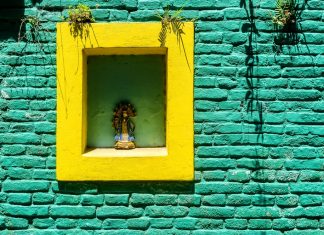Traveling is much more than walking the mysterious and exotic streets of our destinations. Mingling with the locals, eating the typical dishes, and drinking the local drinks are also part of the experience. And to complement yours, at Exoticca we will tell you about some international cocktails that you must taste when you visit their country of origin.
1- Gimlet: gin and lemon juice
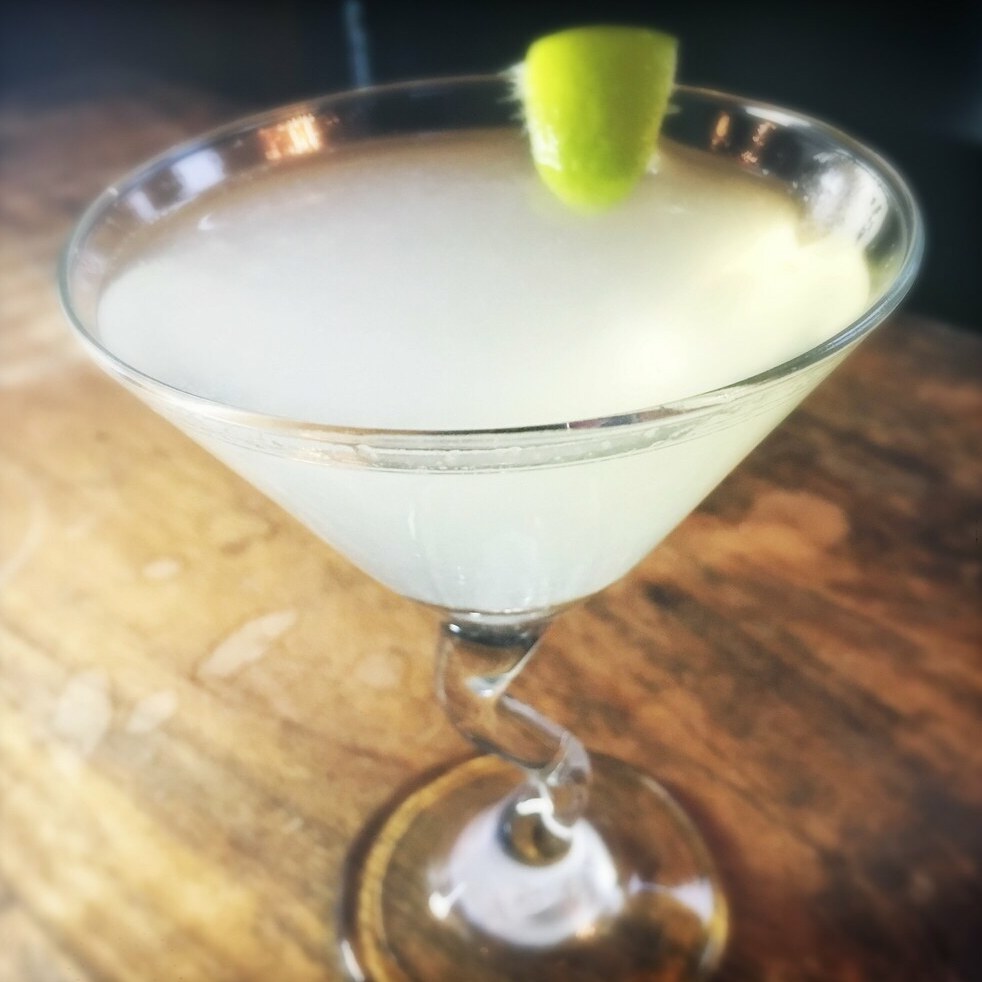
The mixture of gin and lemon is drunk in several places in the world. In Menorca, for example, you will find the famous Pomada de Menorca, obtained by mixing lemonade with a local gin. But the Gimlet became famous around the world thanks to literature and cinema: Raymond Chandler wrote it for his detective, Philip Marlowe and Humphrey Bogart popularized it in films like The great sleep. Drink it if you travel to Los Angeles, Marlowe's hometown.
2- Dry Martini: gin, Sauternes wine, and olive
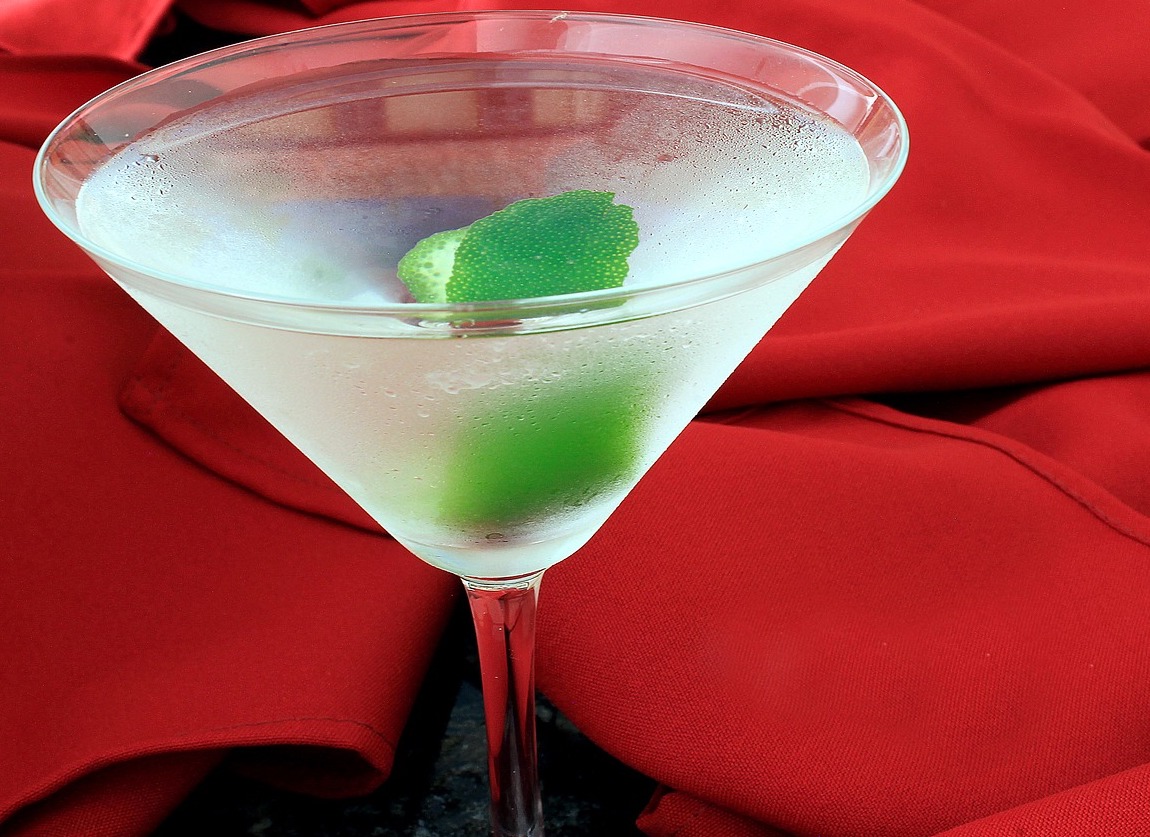
Hailing from Martinez, the Dry Martini is the Gimlet's closest neighbor, as its hometown is in the San Francisco Bay Area.
The blend was first developed around the 18th century, although other sources claim that its maker has a name of its own; that is, Jerry Thomas, the first cocktail master in history.
The Dry Martini is, without a doubt, one of the most iconic drinks in cinema.
3- Gin Fizz: gin, lemon juice, sugar, and sparkling water
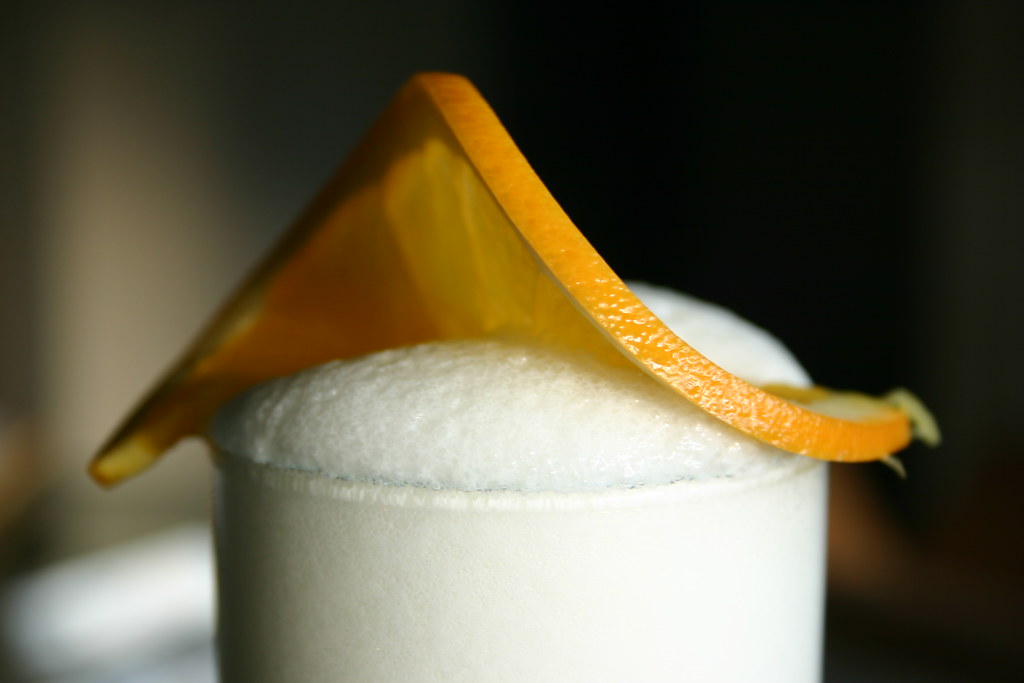
Let us stay in the United States, the first cocktail-producing country in the world. Here, gin is the star. As for the Gin Fizz, the name is due to the sound of the bubbles of the sparkling water coming out of the siphon.
Also read: Essential Travel Hydration Tips to Stay Refreshed
4- France, the birthplace of the Bloody Mary
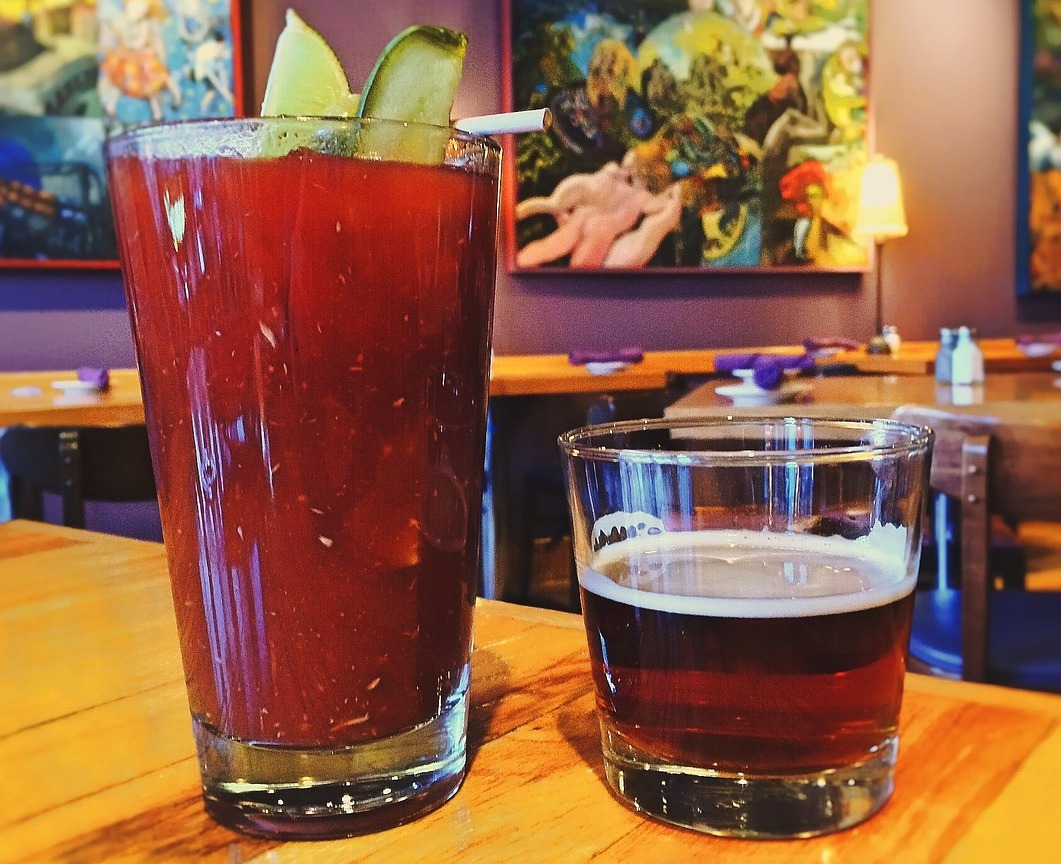
We crossed the Atlantic and arrived in Paris, France, in 1921. In the famous Henry's bar in the French capital, bartender Fernand Petiot created this blend of vodka, tomato juice, tabasco, sauce. Worcestershire crushed ice and pepper and thus increased the list of international cocktails.
The origin of his name is not really known. Some associate him with Mary Tudor, the Queen of England who murdered a mob of Protestants. On the other side of the ring are those who prefer the anecdote that two patrons from Chicago, who upon seeing the cocktail, said he looked like a waitress from their hometown. The poor woman, named Mary, had red cheeks all the time and was nicknamed Bucket of blood. Either way, Bloody Mary is recommended for hangovers. Although we do not recommend it.
5- Cuba Libre, a call for freedom, Rum, and Coca-Cola
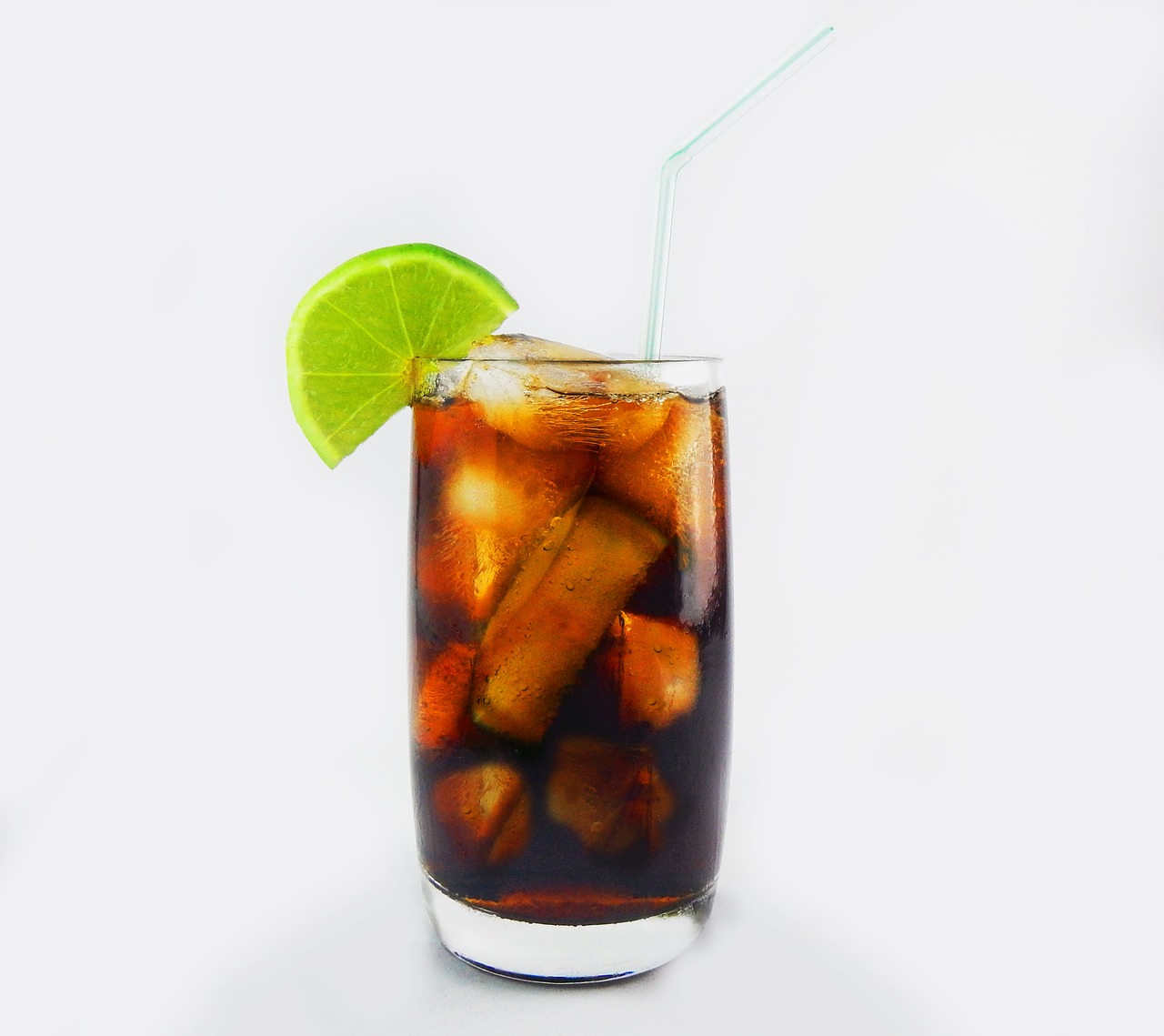
Until the end of the 19th century, Cuba was a Spanish colony, which Cubans did not like at all. Indeed, they had already tried several times to become independent, but in 1898, in the port of Havana, the battleship Maine exploded. The attack has blamed the Spaniards, which brought the US military into battle on the Cuban side.
At that time, Coca-Cola was marketed in Cuba. The mixing of the national drink with rum was not long in coming. The result? One of the most famous and most consumed cocktails in the world: Cuba Libre. Travel to Cuba to taste the best rum.
6- Puerto Rico: the delicious Piña Colada

In Puerto Rico, not only do people drink piña colada, but this cocktail even has a national day: July 10. How could we leave it off the international cocktail list?
The blend of white rum, coconut cream, and pineapple juice was born in 1954 at the Caribe Hilton hotel in San Juan, Puerto Rico. Ramón Marrero, known as Monchito, had been ordered by the hotel manager to create a unique drink that would leave guests speechless. And he succeeded.
There are, however, legends that tell of a pirate captain who invented a similar recipe in order to prevent his crew from surrendering. Unfortunately, the ship would have sunk taking the recipe.
7- Brazil: Caipirinha
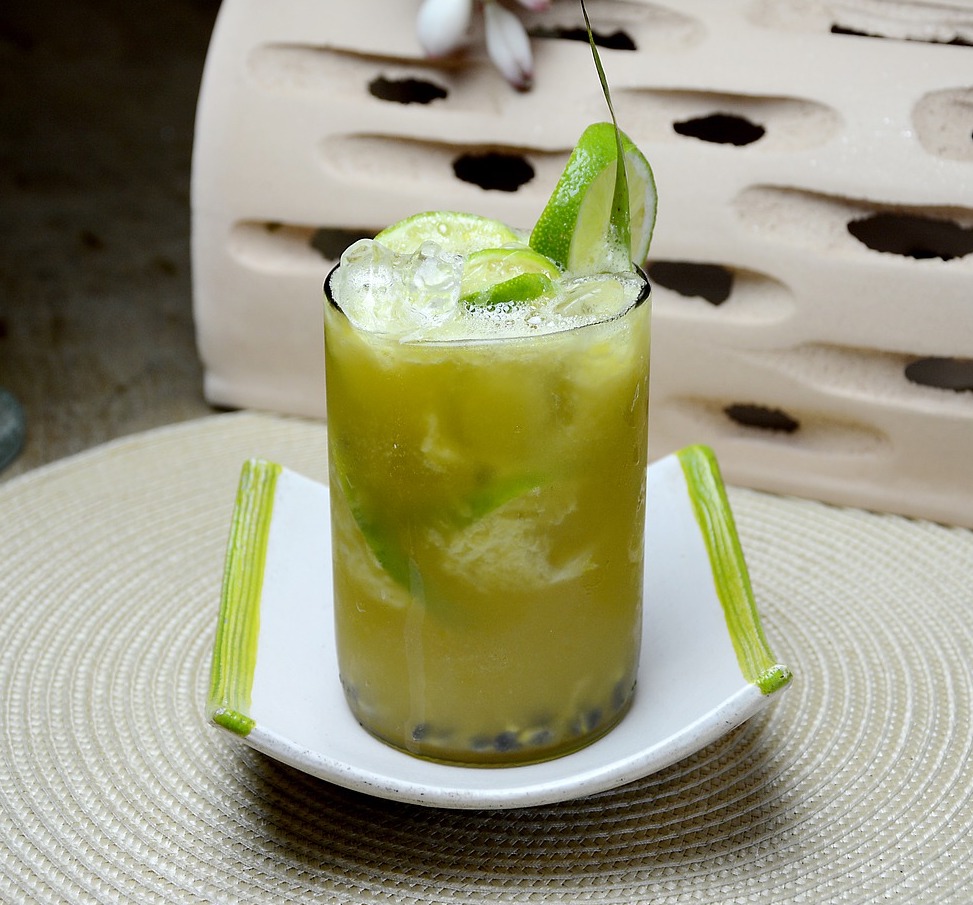
Cachaça is a fermented cane liqueur. If you add sugar, lemon, and lots of ice, you have one of the most delicious cocktails in the world: caipirinha, a Brazilian heritage product since 1918. In 2003, it became the national drink of Brazil, but its origin is much older.
It was born in Sao Paulo in 1918 as a remedy to fight against the Spanish flu. For a while, its sale was banned because it was so successful that Portuguese wines were no longer sold in Brazil.


